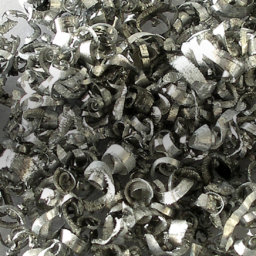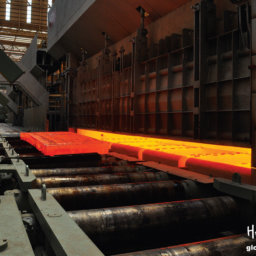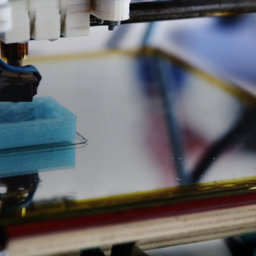Every year, medics around the world perform tens of millions of surgeries. Just as patients have to rely on the skill and precision of their surgeons to perform procedures, medical experts must also rely on their equipment to help them produce the best results possible.
Surgical stainless steel plays a vital role in the medical industry – it is used for a range of instruments, as well as orthopedic implants, such as bone screws and plates.
Precision Instruments

Scalpels are an invaluable tool, used to perform a broad range of surgical procedures. The use of scalpel-like instruments actually dates back to ancient Egypt, when special knives were used for embalming the bodies of members of the royal family. However, it was not until 1915 that Charles Russell Bard and Morgan Parker developed and patented the modern two-part scalpel, which consists of a blade and a handle.
Most commonly known as the B.P. handle scalpel, this features a blade forged from type 316L stainless steel, the type of steel that is most resistant to corrosion in the face of direct contact with biological fluid. Stainless steel is an alloy that contains 16 percent chromium, helping boost its famous corrosion resistance.
While performing any type of procedure, be it minor or extensive, surgeons need access to a wide range of instruments. In addition to scalpels, many other surgical tools are made from stainless steel.

These include Mayo scissors, both straight-blade and curved-blade variations, which are made from stainless steel, although more expensive titanium versions are also available. Straight and curved Mayo scissors are designed for cutting body tissue, as well as cutting sutures – essential steps for a host of different surgical procedures.
Another very common instrument used in hospitals and clinics around the world is the hypodermic needle. This is a hollow needle, used with a syringe to inject or extract fluids from the body. Many consider it to be one of the most important tools in modern medicine.
The hypodermic needle has gone largely unchanged for the past century, and because of its ability to remain sterile if treated properly, it has helped to significantly reduce the risk of contamination during medical care.
Stronger Orthopedic Implant Support
Metal alloys have been used for orthopedic implants since the beginning of the 20th Century. Before this, medical professionals had experimented with the use of materials such as ivory, rubber, acrylic and even wood, but most ended up causing further health complications for patients.

Medscape mentions that metals made from iron, cobalt, chromium, titanium and tantalum are commonly used in modern procedures, as alloys made from these materials can be used safely and effectively. Medscape also states that these alloys’ mechanical, biological and physical properties play significant roles in the longevity of such implants.
The Journal for Orthopedic Science explains that stainless steel plates used for the internal fixation of fractures have been used for more than 100 years, when a medical company called Lane first introduced the metal plate. The journal notes that in 1912, another company, Sherman, introduced internal fracture fixation pieces that made improvements to the metallurgical formulation of the plate, increasing corrosion resistance.
Surgical stainless steel alloys (316L) are made from varying amounts of iron, chromium and nickel, and are currently used in the manufacturing of prostheses. Many orthopedic implants are still made of surgical stainless steel, and the material is used mainly for plates, screws and intramedullary devices.
New Medical Possibilities
In the world of advanced health technology, surgical robotics is becoming increasingly prevalent. Although skilled human technicians are still essential, surgical machines can perform less invasive tasks, and often enable a faster recovery time for patients.
Driving the success in many of these medical robots are stainless steel motors, which allow for aseptic conditions (freedom from contamination). Surgical robots also use metal alloy arms and hydraulics in order to perform the intricate operations – all requiring yet more steel.
Important Resource

Surgical stainless steel’s medical adaptability makes it a cornerstone material for doctors around the world. It is readily available, affordable and interchangeable – making it perfect for blades, needles, tools, implants and even robotics.
The use of surgical stainless steel often provides patients with faster recovery times – a factor that means that just about any medical environment you come across will bring you into contact with safe and sterile surgical stainless steel.










